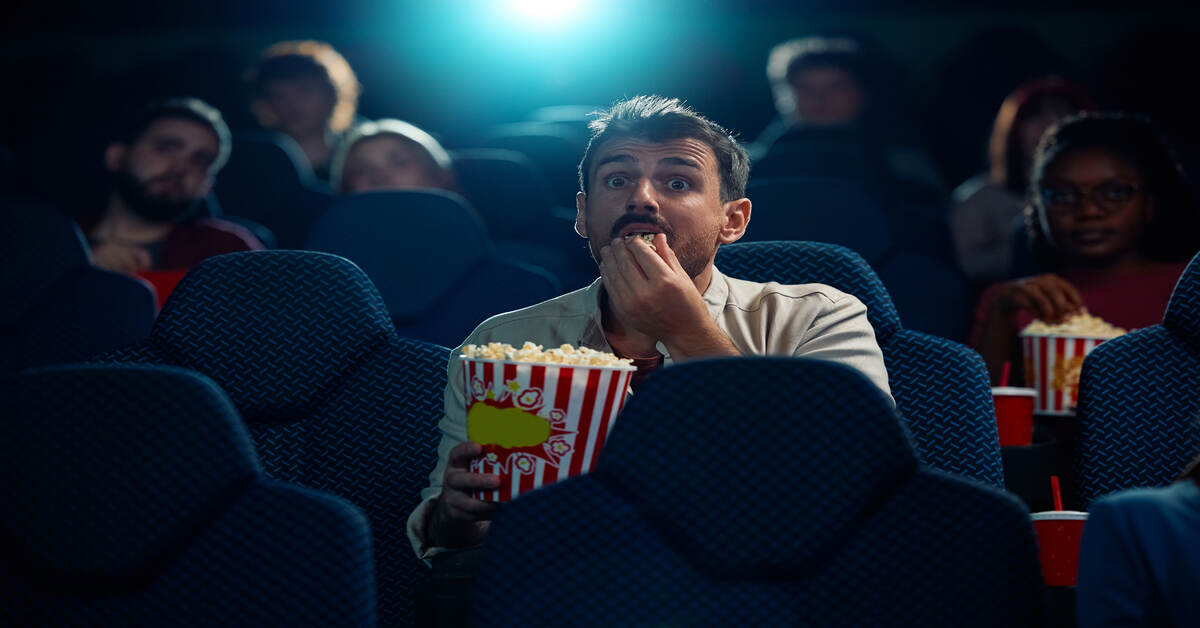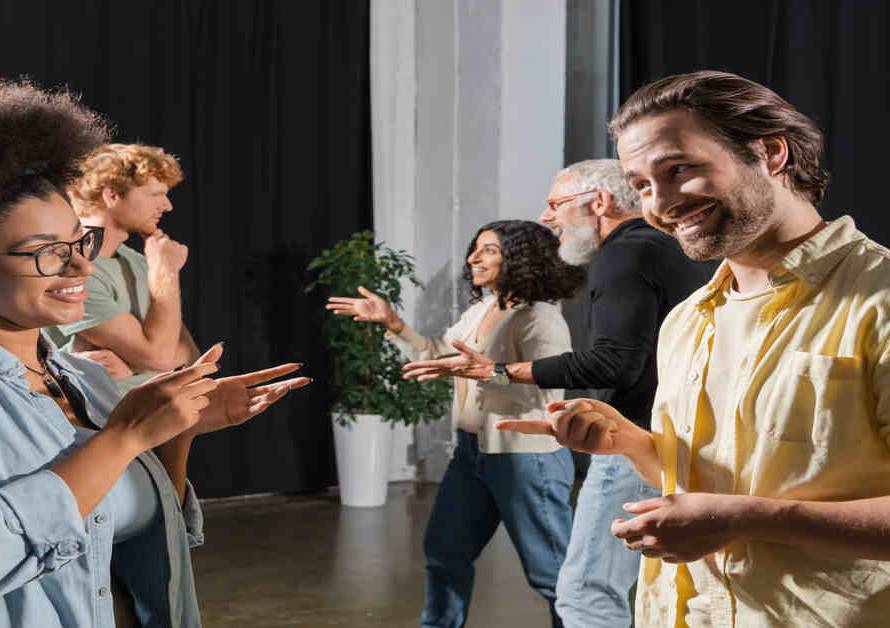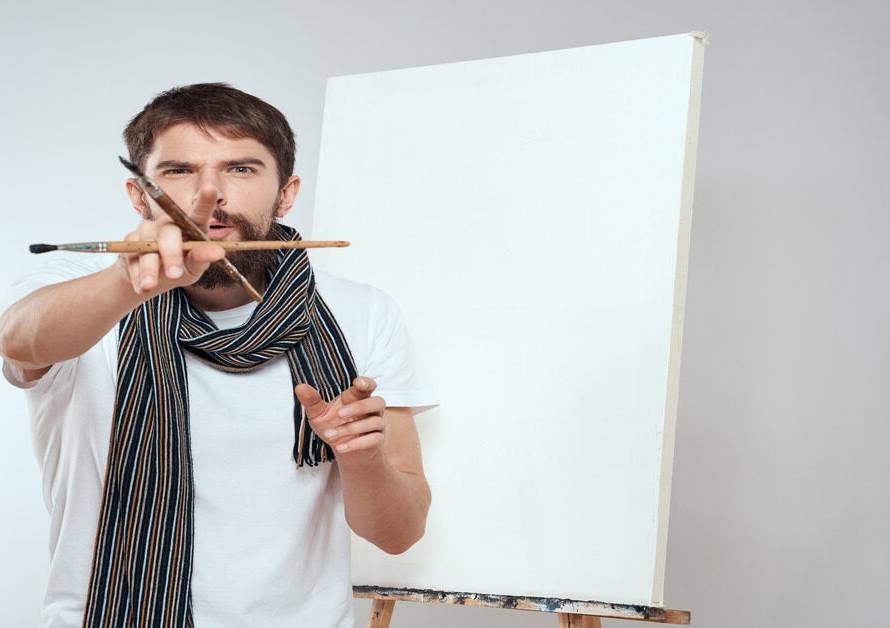With the modern world, in which technology is fast-evolving, and the movie methods constantly changing, the classic movies still have a fascinating influence. Being shot decades ago, these films still find their response among viewers, which makes them feel nostalgic about the film and respect the filmmakers, their work, and the artistic power. The purpose of this blog is to find the answer to why people still watch classic movies, their peculiarities, background, and why they can still fascinate the generations.
The Spirit of Classical Cinema
Classic movies, which are generally considered as those movies that have been created prior to the 1980s, are a rich canvas of film history. Such movies are usually characterized by memorable acting, pioneering plots, and novel approaches that preconditioned contemporary movie production. Since the silent films to the golden age of Hollywood, classic movies hold the spirit of their era, which depicts the societal norms, values, and cultures.
The focus on characters and depth of the storyline is one of the hallmark features of classic films. In contrast to other modern-day movies, which tend to place more emphasis on visual effects and spectacle, classic movies usually emphasize on storyline and emotional appeal. The movies, like Casablanca, Gone with the Wind, and The Wizard of Oz, demonstrate the presence of complicated characters and plots, and encourage the viewers to explore the theme of love, loss, and strength. This emphasis on narrative makes the audience grow closer to the movie, which adds to its eternal appeal.
The Beauty of Classic Performances
The epic performances by the household names also make classic movies so attractive. Humphrey Bogart, Audrey Hepburn, Marilyn Monroe, and James Stewart are the examples of icons, who performed the roles with great talent and charm. They tend to be authentic and emotional in their performances, and this brings viewers closer to the story.
As an example, the character of Holly Golightly portrayed by Audrey Hepburn in Breakfast at Tiffany, takes our case. The desire to belong and to love is reflected in Hepburn whose character is quite appealing and complicated at the same time, which is what makes her acting relatable and aspirational. On the same note, the character of Rick Blaine (played by Humphrey Bogart in the film Casablanca) is not only tough but he is also vulnerable; this character is able to connect with the audience even decades after the movie was produced. Such performances have cemented the position of classic films as a piece of art that will always remain timeless.
Cinematic Effects and Novelties
Classic films are also renowned to have introduced some new forms of cinematography that have inspired generations of film makers. The appearance of the first talkies in the late twenties of the twentieth century became the turning point of cinema history. Films such as the Jazz Singer which was the first synchronized sound movie transformed the industry and paved the way to the future.
In addition to it, traditional motion pictures frequently utilized creative thinking techniques to develop innovative storytelling methods, e.g. nonlinear plots and new cinematography. A good example is Alfred Hitchcock psycho, which brought about revolutionary editing styles and suspense in the film-making that still motivates filmmakers in this century.
Meaning and Mirror of Society
Classic films are a cultural artifact, and give an insight into the values and problems of their era in society. They also mirror the cultural, political and social action of the time of their creation, giving the viewers a glimpse into the past. As an example, movies such as To Kill a Mockingbird touch on aspects of racial discrimination and ethical uprightness, which was the social unrest of the 1960s.
Watching classic films, viewers are able to track the history of development of the norms and attitudes of the society. These movies tend to question the existing ideologies and initiate serious debates concerning the problems that are still topical nowadays. Classic movies will always be attractive not only because they bring about entertainment but because they can also create discussions and contemplation of the human experience.
The Nostalgia Factor
The nostalgia is inherently associated with the charm of classic movies. To most people, the viewing of these movies brings back childhood memories or spending time with family members and friends. The classic movies can become a tradition, which is passed down through generations, and develops the impression of continuity and connection. The recognition of classic lines, catchy clips, and favorite figures make viewers be able to forget about the real world and get into the one that is familiar and eternal at the same time.
Moreover, the aestheticism of old films is one of their attractions. The spectacular images, mesmerizing music, and unique camera work takes the audience to another time that they can enjoy the magic of movies like in the ancient days. The beauty of classic movies is not only the stories that they present but also the feelings that they trigger and the memories that they create.
Contemporary Adoration of Traditional Films
In the era of digital technology, classic films are still very tempting. Streaming sites have never enabled viewers more than ever to enjoy these classical movies, giving them a second chance. Classic films are also shown during film festivals and special screenings, so that the new generations could watch them on the big screen. Social media has also brought about communities of film lovers who debate, critique and praise classic cinema and due to this fact the craze of these movies keeps on flourishing.
Furthermore, modern filmmakers tend to be inspired by older films and use the aspect of story narration and film aesthetics in their movies. The recent revival of retro fashions in fashion, music and even movie production, is indicative of a general appreciation of the past that cuts across culture. This resurgence of popularity of old cinema reveals how timeless and appealing these films are to the viewers.
Conclusion
The charm of old films is a complex phenomenon that defies time and still remains one of the most intriguing things in the eyes of the viewers worldwide. The classic films provide a very distinctive cinematic experience through the rich narration, memorable performances, creative methods, and cultural background that is appealing to both the young and the old. Going through the fast changing world of entertainment, the classic films are acting as an outlet to the strength of storytelling and the magical effect of motion pictures. Be it a film you have seen before or one that you have never seen in your life, there is no way that the appeal of these films will not make a strong impact. It is time to take the trip down the history of cinematography, and the charm of the old movies will make you fall in love anew.





